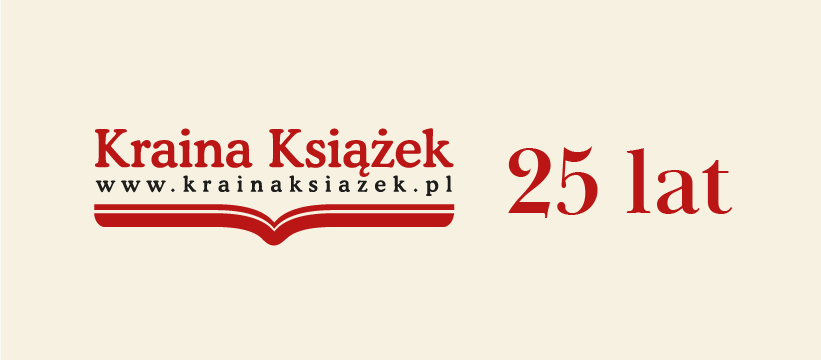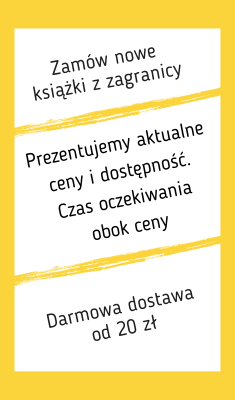Italian Baroque Art » książka
topmenu
Italian Baroque Art
ISBN-13: 9781405139663 / Angielski / Twarda / 2008 / 416 str.
This anthology presents classic and recent scholarship on Italian art from 1600-1750, highlighting the key debates with which art historians continue to grapple.
- Explores themes including: style or the visuality of art; artistic practices and production; artistic communication as projected and experienced; and artists' interactions with the ancient world and with the new sciences
- Examines the work of key painters, architects and sculptors from this period, including Caravaggio, Bernini, Guarini and Poussin
- Published in the expanding Blackwell Anthologies in Art History series











